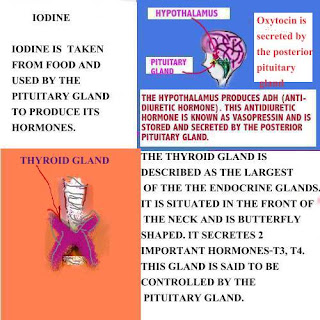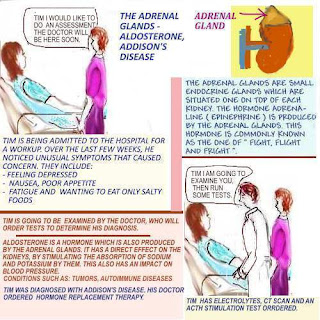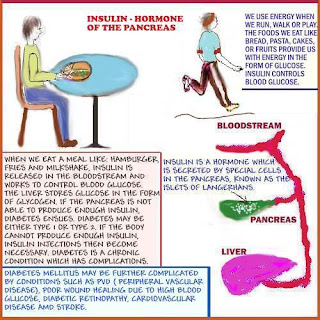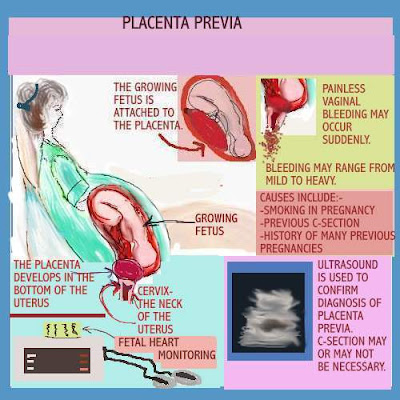ANTICOAGULATION THERAPY AND SIDE EFFECTS

Scenario : The patient above, had surgery three days ago. He is on anticoagulation therapy (Heparin) for DVT. Anticoagulants are blood thinners. Their purpose is to prevent blood from clotting too easily. Patients with atrial fibrillation may be placed on anticoagulation therapy. The patient on anticoagulation therapy, is at risk for bleeding. This may occur at the IV or dressing site, gums, urine and more. The care plan is used to reflect the potential for bleeding. The nurse started an IV infusion of potassium, per MD orders. It must be remembered that IV potassium , even when administered correctly, may cause irritation to the veins. Enjoy the video: Anticoagulation therapy Poor circulation may occur for a number of reasons. The patient in heart failure, is at risk for stroke. Myocardial infarction A MI (myocardial infarction ) is also known as a heart attack. It results from obstr...









